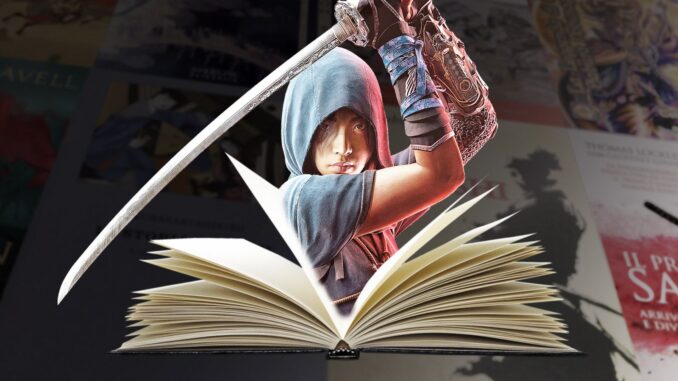
Assassin’s Creed Shadows: books and comics to read to learn about Japan by Ubisoft
With these novels and non-fiction works you can immerse yourself in the Japan of the Sengoku period, the setting of the next Assassin’s Creed Shadows.
Assassin’s Creed Shadows is set in one of the most tumultuous and fascinating periods in Japanese history: the last phase of the Sengoku period (1454-1600) known as the Azuchi-Momoyama period (1568-1600), named after the two men’s castles more powerful than time. We are talking about Oda Nobunaga, the first great unifier of Japan, who had Azuchi Castle as his base, and his successor, ally and friend, Toyotomi Hideyoshi, who resided in Momoyama Castle.
To better immerse yourself in the historical period that is the setting, but also the protagonist of Assassin’s Creed Shadows (whose events begin in 1579), we have collected ten works including novels, non-fiction and historical analyzes that will allow you to arrive fully prepared to dress the as the protagonists Yasuke and Naoe. From classics of Japanese literature such as “Musashi” and “The Story of Genji” to Western reinterpretations such as the very popular “Shogun” or the story of the 47 ronin, we have thought of readings for the most diverse palates.
Assassin’s Creed Shadows – Japanese Trailer
The Azuchi-Momoyama period was a time of very strong social upheavals for Japan: from the emergence of the shogunate to the loss of importance of the imperial office, these thirty years led to the beginning of the Edo period , to the rise to power of the Tokugawa dynasty and to the policy of isolationism that characterized Japanese society for more than 250 years, interrupted only by the Meiji restoration of 1868.
“Shogun” by James Clavell
You will surely have heard of the very recent TV series that arrived on Disney+ entitled Shogun . Acclaimed by critics and the public, it is set at the very end of the Sengoku period but with fictitious characters and events inspired by real ones. The TV series is the adaptation of the highly successful book of the same name written by James Clavell in 1975. Given the proximity of the two historical periods, the customs and customs described by Clavell do an excellent job of immersing you in the world of Japan sixteenth century, between rivalries, great battles and palace intrigues.
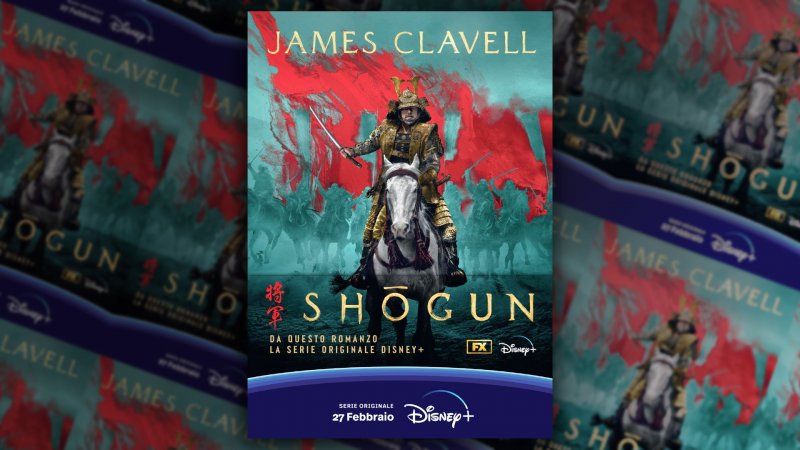
Musashi by Eiji Yoshikawa
A few years after the beginning of the events of Assassin’s Creed Shadows, Miyamoto Musashi was born, one of the greatest warriors in the history of Japan. The books, manga, anime and video games that see him as the protagonist or as a secondary character are plentiful, but there is a work that retraces his youthful years between the end of the 1500s and the beginning of the 1600s in a Japan in turmoil. The book is titled “Musashi” and was written by Eiji Yoshikawa , an author famous for his historical adventure novels which enrich historical events with a few fictional elements.
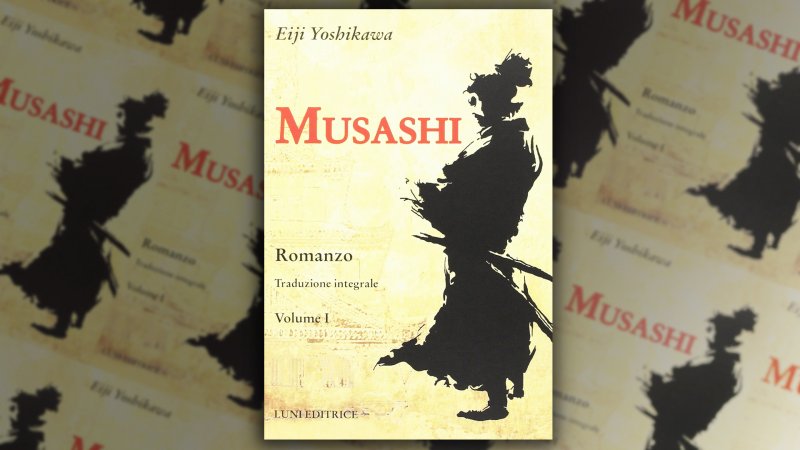
Taiko by Eiji Yoshikawa
The book that tells the lives and works of the three men who unified Japan in an adventurous, frenetic, accurate and detailed way is Taiko, by Eiji Yoshikawa. Japanese historians and authors have often focused on Oda Nobunaga, the most ambitious and ruthless, or on Tokugawa Ieyasu, the one who would become the first shogun. Few have focused on Toyotomi Hideyoshi, the one who rose to the position of Taiko, the absolute commander of Japan who acted as emperor. He completed Nobunaga’s feat, he attempted (and failed) to invade Korea, he, upon his death, left a power vacuum so great that it changed the future of the nation. Yoshikawa’s work, not available in Italian, is an excellent historical novel that will best prepare you to grasp every possible historical reference while playing Assassin’s Creed Shadows.
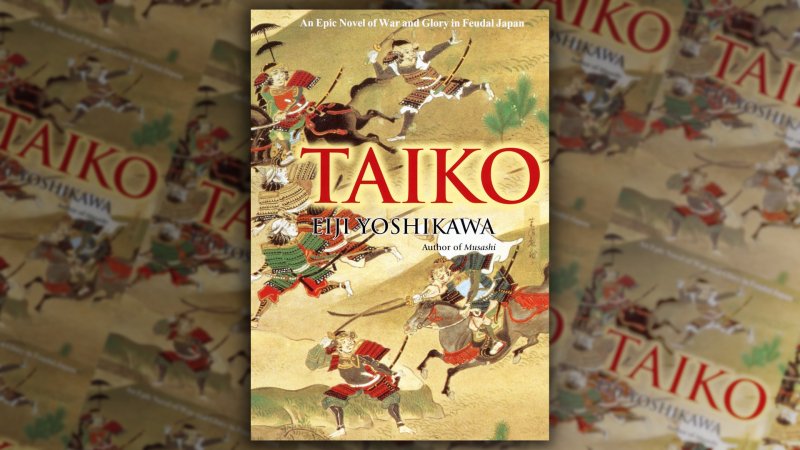
The Tale of Genji by Murasaki Shikibu
That of the court lady Murasaki Shikibu is considered the first psychological novel in history because it manages to represent with fluidity and clarity the inner turmoil of a man who grew up with the very strict value system of feudal Japan. The Story of Genji has all the characteristics of a princely epic (forbidden loves, impossible clashes and stories of redemption) but remains firmly anchored to the interiority of the protagonist. If, by chance, you had bad memories from past encounters with this work, it is the fault of its very old translation made not from Japanese, but from Victorian English. The new edition available since 2015 and published by Einaudi, however, has been translated from the original Japanese text and fully restores the impact of the narrative, almost ten centuries after its original writing.
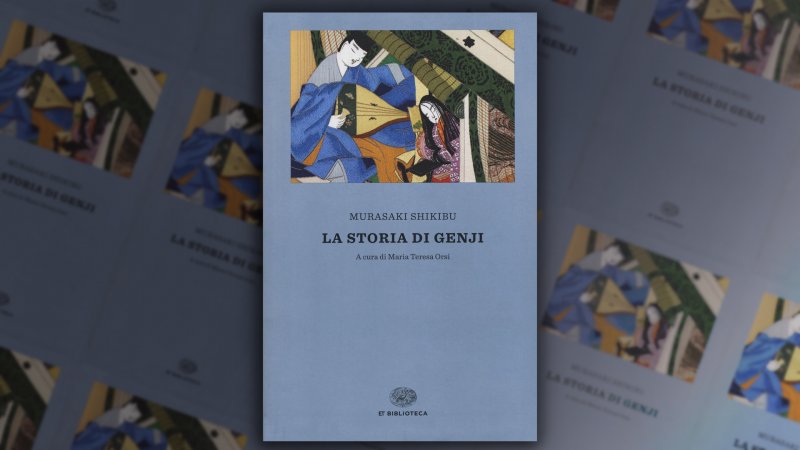
Shinju by Laura J. Rowland
Changing genre completely, if you love crime novels then you can’t miss Shinju, by Laura J. Rowland, a detective story set in 17th century Japan. When the bodies of two lovers are found under a bridge in the city of Edo, the highest officials of the city judiciary want to pass off the incident as a Shinju, a double ritual love suicide . Her powerful family puts pressure on the authorities but a young “detective” doesn’t give in and suspects there’s something else going on. If you put aside some contemporary mystery stereotypes, you will be able to enjoy the picture painted by the author of a Japan in the midst of a cultural upheaval and how this has influenced the lives of both nobles and common people.
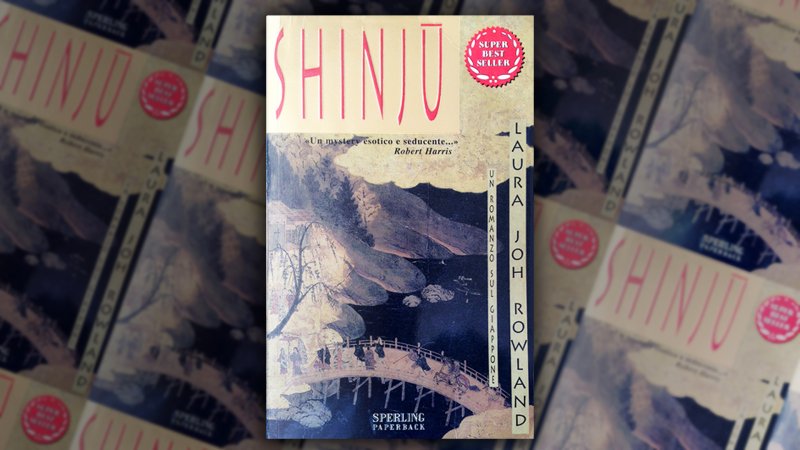
Nagashino 1575 and Sekigahara 1600 for lovers of military history
These two books by Stephen Turnbull and Anthony J. Bryant respectively are an excellent insight into life, strategies and combat between Samurai in the Sengoku era. Nagashino 1575 is the story of how a small handful of musketeers trained by the Portuguese and under the orders of Oda Nobunaga managed to stop an army of samurai, and all the consequences that this victory had on Japanese military techniques. Sekigahara 1600, on the other hand, is the chronicle of the events and the great battle that began the Tokugawa shogunate. Sekigahara can be considered one of the great battles in the history of humanity and Bryant does an excellent job in describing the strategies, the armaments used, the background and the consequences of this pitched battle in which 40 thousand warriors lost their lives.
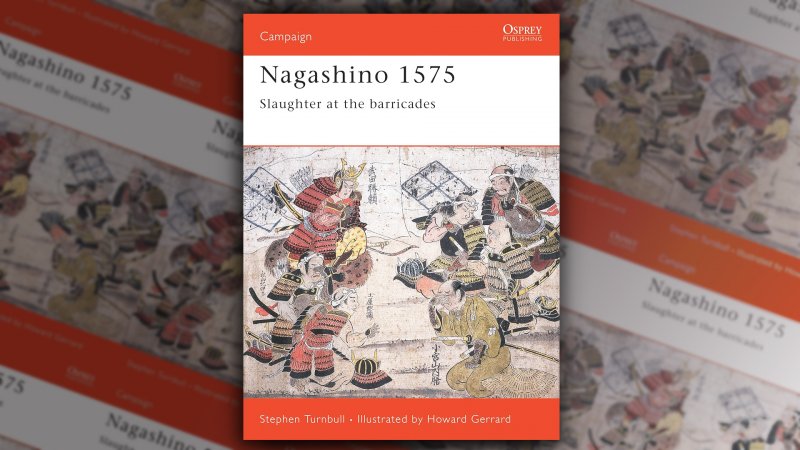
Two polar opposite manga: The Legend of Oda Saburo Nobunaga and Oda Cinnamon Nobunaga
The incredible events of Oda Nobunaga’s life have been the protagonists of countless manga and anime, as well as those of Tokugawa Ieyasu and Toyotomi Hideyoshi. The first, however, is at the center of two noteworthy manga, the first for its author, the second for its absurdity. The Legend of Oda Saburo Nobunaga is a Shonen from the pen of none other than Tetsuo Hara, Ken the Warrior’s father who, based on a story by Seibou Kitahara, traces the adventures of the young Nobunaga adding a lot of frenetic fighting, exaggerated action and existential dramas. Oda Cinnamon Nobunaga, on the other hand, is a manga and an anime by Una Megurogawa that tells the story of Nobunaga’s reincarnation into a shiba inu named Cinnamon. Also present in the story are Toyotomi Hideyoshi, reincarnated in the form of a bull terrier, and many other important characters from Japanese history in a fun mix of times and value systems.
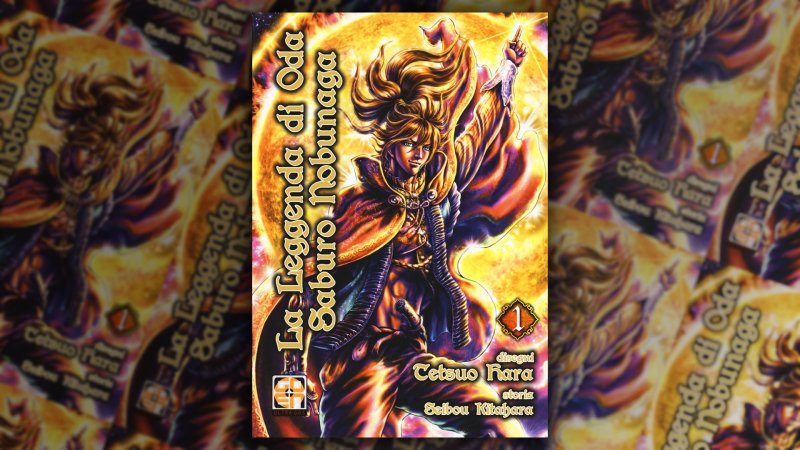
Discovering Yasuke
To all those who want to delve deeper into the story of Yasuke , the black samurai who is the co-protagonist in Assassin’s Creed Shadows, we recommend “The First Samurai” by Thomas Lockley and Geoffrey Girard (the translation of the title “African Samurai The True Story of Yasuke “It’s not the best). The volume tells (using historical sources) everything we know about this unique character. From arriving in Japan as a servant of a Jesuit preacher to bodyguard Oda Nobunaga, Yasuke’s story is not only fascinating but also a great foundation on which to build a story, with a bit of poetic license. The reports about him, in fact, end in 1583, the year in which sources confirm he is still alive. The anime that bears his name “Yasuke” and its adaptation in manga form do just this: they have as their starting point the last exploits of the black samurai recorded in historical chronicles, and from there they build a new story, compelling but totally invented.
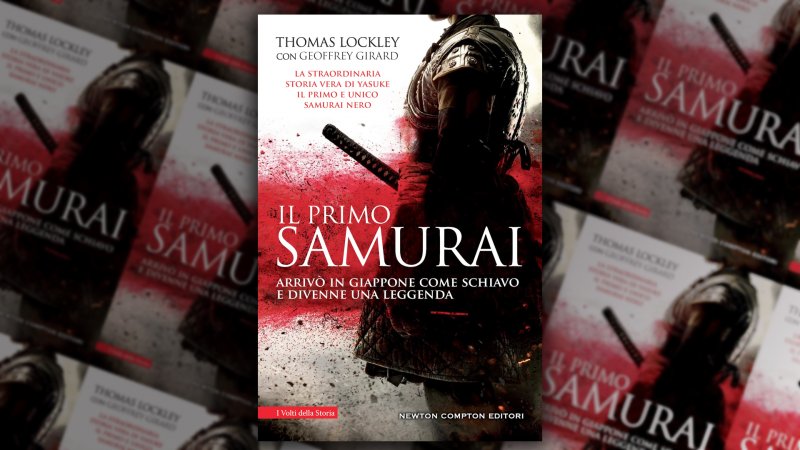
Also Read:
The Assassin’s Creed Shadows cosplay guide reveals many details about Naoe and Yasuke